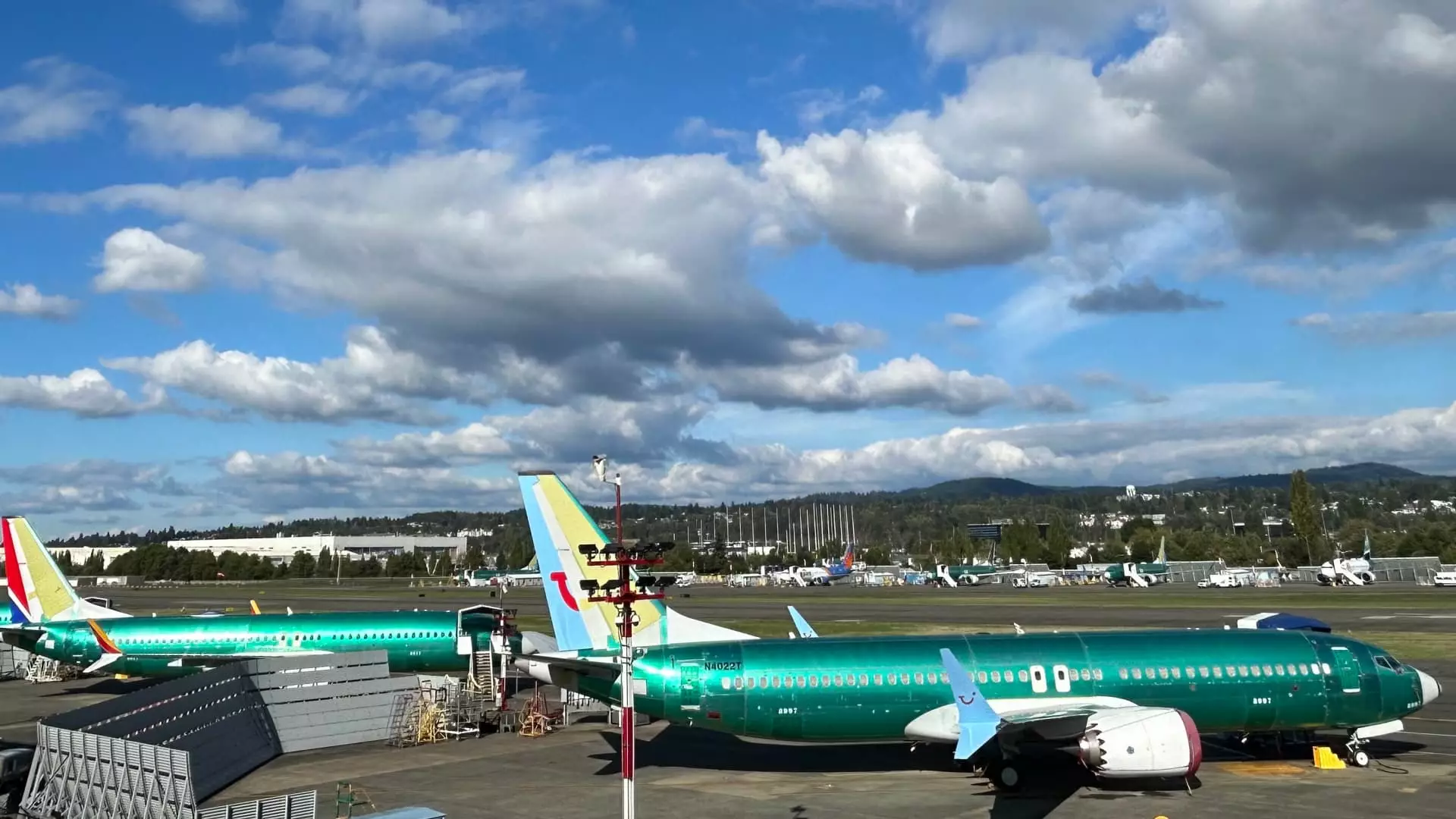In the realm of presidential travel, the reliability and timeliness of Air Force One have always been paramount. Recently, President Donald Trump voiced his discontent over the significant delays surrounding the delivery of two new Boeing 747s designated as Air Force One. These delays, which have extended for several years, have sparked concerns not only for the administration but also within the aviation industry, highlighting the complexities of modern aircraft manufacturing.
The contract for the new Air Force One jets was initially negotiated during Trump’s first term at an estimated cost of $4 billion. However, ongoing cost overruns now exceed $2 billion, casting a shadow over the original agreement. These financial delays can be attributed to various factors, including supply chain disruptions that have been exacerbated by the recent pandemic. As the world recovers from COVID-19 and air travel surges, the demand for new aircraft presents a double-edged sword.
Trump’s increasing frustration is evident, as he recently hinted at exploring alternative solutions to ensure presidential travel remains uninterrupted. Despite the initial plans for state-of-the-art planes equipped with modern technology and security features, uncertainty about their timely delivery looms large. This situation has left the administration in a precarious position, raising questions about operational readiness and protocol for international travel for the President.
In a surprising crossover between private sector ingenuity and governmental needs, Elon Musk’s involvement has emerged as a pivotal factor. Musk, primarily known as the CEO of SpaceX, is extending his expertise to Boeing in an effort to expedite the delivery process of the Air Force One aircraft. Boeing’s CEO, Kelly Ortberg, expressed optimism during a recent industry conference regarding Musk’s contributions, stating that his insights could eliminate non-essential constraints that slow production.
This unconventional alliance underscores the need for adaptive problem-solving in the face of manufacturing challenges. Musk’s ability to navigate both technical requirements and operational efficiencies may provide the necessary impetus to bring the new Air Force One jets closer to reality. Such collaborations illustrate how the boundaries between aerospace and technology sectors can lead to innovative solutions that address critical delays.
Boeing’s struggles with timely deliveries extend beyond the Air Force One project. The aviation industry, particularly in the post-pandemic landscape, has witnessed a broader epidemic of delays, as airlines face long waiting times for new planes amid a revival in travel demand. Major airlines, such as United Airlines and Southwest Airlines, have expressed their frustrations with the delays; however, there are signs of cautious optimism. Executives from these companies noted a shift in Boeing’s operational efficiency and reliability under Ortberg’s leadership since August.
The turnaround is critical for Boeing, as its reputation as a reliable aircraft manufacturer has been challenged. The recent issues, including a safety incident involving a door-plug blowout that further complicated deliveries, emphasized the need for significant reforms within the company. Nevertheless, with renewed efforts, there is potential for Boeing to regain the trust of its airline customers and stabilize its production lines, particularly for the cash-cow model, the 737 Max.
The path forward is fraught with inherent challenges, especially in a rapidly evolving manufacturing environment. As airlines and manufacturers grapple with delays and production inefficiencies, there is an urgent need for proactive strategies that address these pitfalls. Trump’s dissatisfaction could serve as a wake-up call, prompting further scrutiny of the production schedules and contract management of essential assets.
Looking ahead, the aerospace sector must focus on developing robust solutions that not only meet the demands of high-profile clients like the U.S. government but also adapt to the changing landscape driven by technology and global supply dynamics. As Boeing pivots towards greater accountability and timely deliveries, it will be crucial for both the company and its clients to foster stronger collaborations that embrace innovation while ensuring reliability in service.
The saga of Air Force One’s new aircraft showcases the unique intersection of government, business, and technology. While the frustrations faced by President Trump are indicative of broader issues within the aviation industry, the potential for reform and progress remains. With strategic partnerships and a commitment to overcoming obstacles, the dream of modern, efficient Air Force One jets is still achievable.

